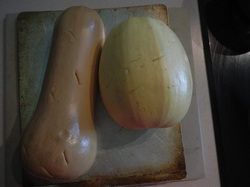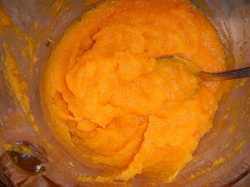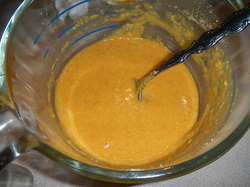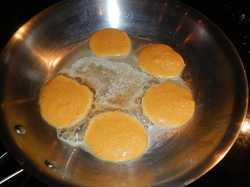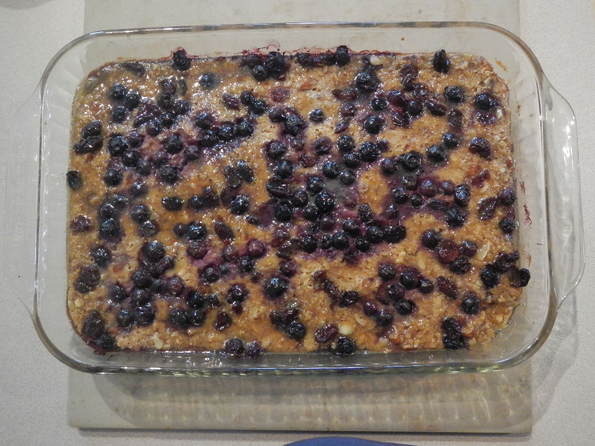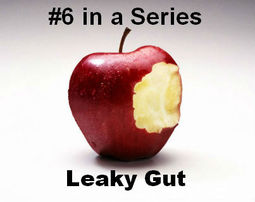
I was at the vet's office today to take my 7 week old kittens (pictured) in for their first checkup. I happen to pick a busy day to be there, so I observed quite a bit of information. One owner had to bring his pet in, and the pet was going to have to stay for a while, so the owner brought the pet's higher quality food with him.
Another man brought in his 13 year old Greyhound. This dog was in great shape to be so old. He said that he always feeds him top quality food and that he also works in a restaurant that he can bring home raw meats; he even said the dog eats blueberries for his antioxidant support. He and I, along with an employee of the vet's office, started a conversation about pet foods. The employee stated that they had seen one dog with chronic bloody diarrhea that could not be controlled until they happened to change the diet. The problem cleared up, then the owner of this dog ran out of the top quality food and just ran down to Wal-mart for some feed. After ingesting the feed, the bloody diarrhea returned. What caused this? There is no telling, since cheap dog food most definitely contains genetically modified grains and loaded with preservatives.
I've said it before, and I'll say it again, "Human food is bad enough (yes, there are lots of awful stuff on the market), so you know if our food is bad, then pet food has got to be the worst." I know what you are thinking art this point. "I can hardly afford the good food for us; how in the world can I even consider good pet food?" Well, you might not can get the very best, but maybe you can transition to at least one step above what you are doing. Besides the bad category, there are actually good, better, and best when it comes to pet food.
Off the subject, but not quite, is that in general, people need to be more responsible. If pets are not spayed or neutered, then of course, there will be too many pets to care for, and so the very cheapest food will have to be purchased because of the many mouths to feed. So my soapbox here is get those pets spayed or neutered.
Now back to the main subject - Pet food. Ok, you are wondering, "how can I know if the food I buy is in the good, better, or best category. With my knowledge of the importance of a whole foods diet, I realized that whole foods are also the perfect food for your pet. Little did I know that when I found the following parts 1 and 2 of the You Tube videos below, that Dr. Joe Mercola is backing this presentation. I agree with Dr. Mercola wholeheartedly on issues when it comes to human health, so I was delighted to find these. You will benefit from watching these videos if you own pets. Don't give up after you realize the very best is not what you can afford. Keep watching; at least you will know how to read the label and understand what you are buying.
| | See other videos by Dr. Karen Becker |
How about you? Care to leave a comment on what you feed your pet or where you can find a good price on top quality pet food?
